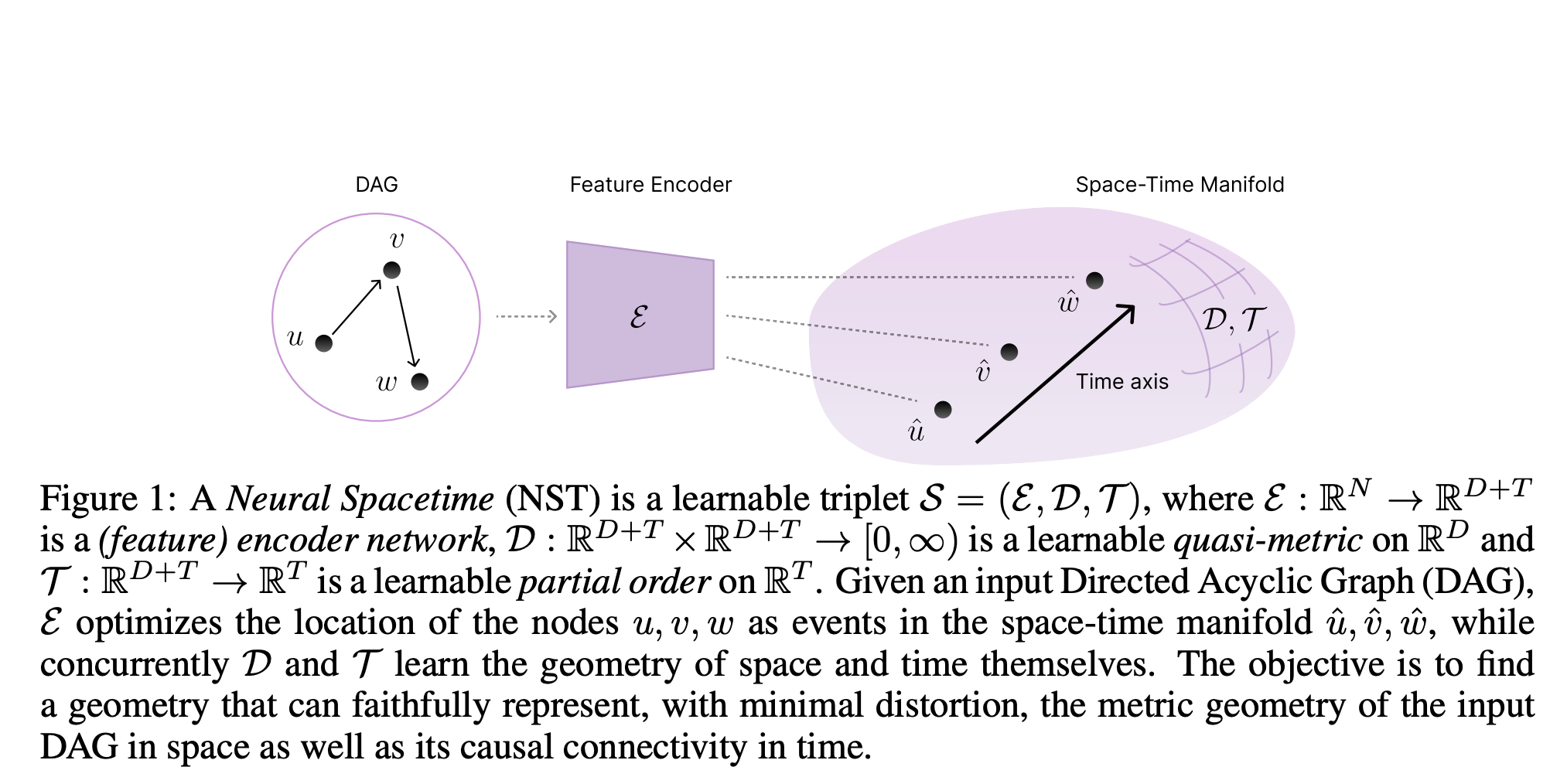
Understanding Directed Graphs and Their Challenges
Directed graphs are essential for modeling complex systems like gene networks and flow networks. However, representing these graphs can be challenging, especially in understanding cause-and-effect relationships. Current methods struggle to balance direction and distance information, leading to incomplete or inaccurate graph representations. This limitation affects applications that require a clear understanding of causal and spatial relationships.
Innovative Solutions for Graph Representation
Many approaches have been developed to embed graphs in continuous spaces, adapting to various structures using non-Euclidean geometries. For instance:
- Hyperbolic embeddings are used for tree-like graphs.
- Spherical and toroidal embeddings are suitable for graphs with cycles.
- Product Riemannian geometries help manage graphs with multiple characteristics.
Despite these advancements, the challenge of representing both causal relationships and spatial structures simultaneously remains. Most solutions either prioritize one aspect or use complex geometric combinations.
Introducing Neural SpaceTimes (NSTs)
The paper proposes a new method called Neural SpaceTimes (NSTs) for representing weighted Directed Acyclic Graphs (DAGs) in spacetime manifolds. This innovative approach addresses the dual challenge of encoding spatial and temporal dimensions through a unique architecture.
Key Features of NSTs
- Combines a quasi-metric structure for spatial relationships with a partial order system for temporal dimensions.
- Ensures minimal distortion while maintaining the causal structure of any k-point DAG.
How NSTs Work
The NST architecture consists of three specialized neural networks:
- The first network optimizes node positions in the spacetime manifold.
- The second network implements a neural quasi-metric for spatial relationships.
- The third network manages temporal aspects through a neural partial order system.
This design effectively models complex graph structures and maintains transitive causal connectivity across multiple hops.
Performance and Evaluation
Experimental results show that NSTs outperform traditional methods in both synthetic and real-world datasets. In tests:
- NSTs preserve edge directionality perfectly while achieving lower distortion compared to Minkowski and De Sitter spaces.
- They effectively encode hyperlink directionality and connectivity strength in real-world networks like WebKB.
Conclusion and Future Directions
Neural SpaceTimes (NSTs) represent a significant advancement in graph representation learning. They successfully separate spatial and temporal aspects using a product manifold approach. However, current limitations include restrictions to DAGs and challenges with larger graphs. Despite these, NSTs offer promising avenues for future research in graph embedding and causal representation learning.
Get Involved and Explore AI Solutions
Check out the Paper for more details. Follow us on Twitter, join our Telegram Channel, and connect with our LinkedIn Group. Join our 75k+ ML SubReddit for insights.
Transform Your Business with AI
To stay competitive, consider using Neural SpaceTimes (NSTs) in your operations. Here’s how AI can enhance your workflow:
- Identify Automation Opportunities: Find key customer interaction points that can benefit from AI.
- Define KPIs: Ensure measurable impacts on business outcomes.
- Select an AI Solution: Choose tools that fit your needs and allow for customization.
- Implement Gradually: Start with a pilot project, gather data, and expand AI usage wisely.
For AI KPI management advice, contact us at hello@itinai.com. For ongoing insights into leveraging AI, follow us on Telegram or @itinaicom.
Revolutionize Your Sales and Customer Engagement
Discover more about AI solutions at itinai.com.

























